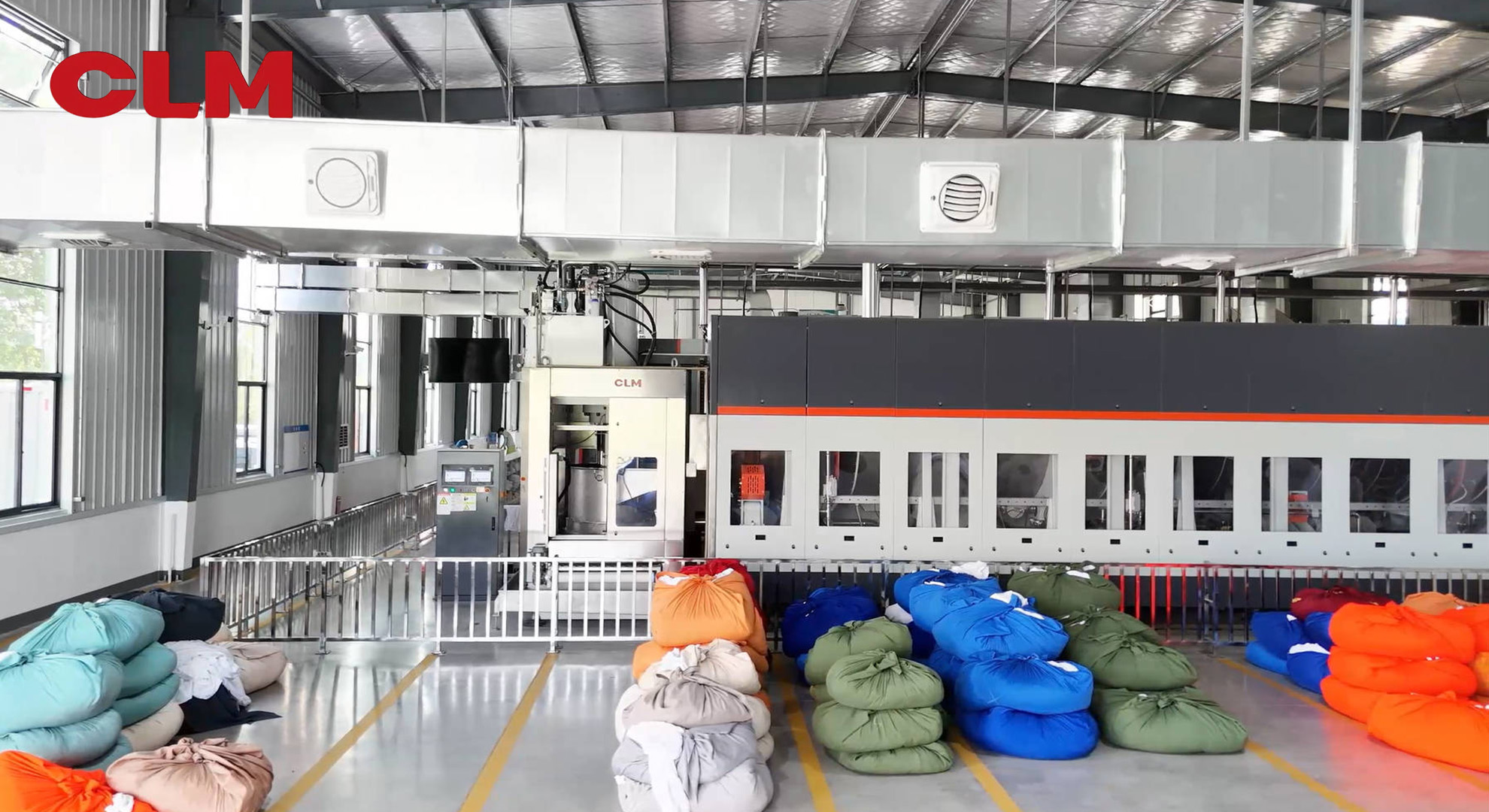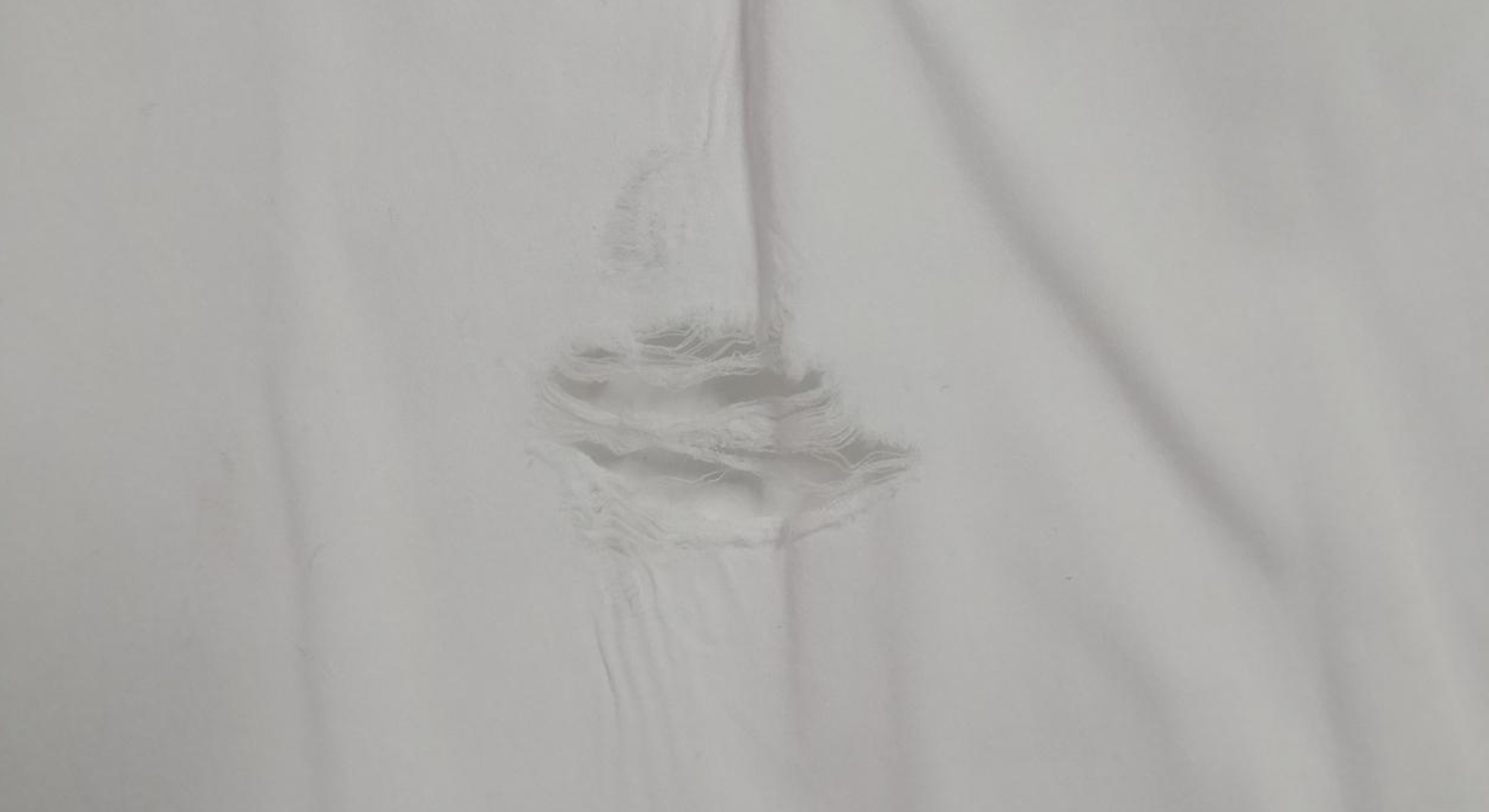This article is about the common linen problems in laundry factories and professional maintenance tips.
The Decreased Linen Fiber Strength
● High Concentration of the Bleach
If the addition of the bleach, especially the chlorine, is too much and the concentration is too high, it will severely damage the degree of polymerization of fabric fibers.
● Low pH value of the Bleach
In the process of bleaching, if the pH value is too low, the effective chlorine will be released too quickly, and the fiber strength will decrease significantly.
● High Temperature of the Rinsing
Bleaching means continuous heating. If the temperature is too high, the bleaching will be excessive and damage the fibers.
● Main Wash with High Temperature and High Chlorine
Though the cotton fibers are heat-resistant and alkalinity-resistant, the long-term high temperature and high alkalinity during the main wash will decrease the fibers as well.
● Low Water Level During Washing
Low water level during washing will cause the concentration of the detergents to be high. An excessively strong mechanism will damage the textiles.
● Condition of the Drum
If the drum doesn’t move and the machine adds the bleach in the static status during the rinse process, this will cause the local concentration of bleach to be too high, causing damage to the fabric.
● Excessive Use of Acid
Cotton textiles are sensitive to acid. Acid will significantly reduce the strength of the cotton fibers.
Pinhole Damages on the Linen
● Misuse of Bleach
Oxidized bleach and chlorine bleach are added together into the bleaching bath.
● Insufficient Temperature
● The inner drum of the washing machines did not rotate, resulting in uneven distribution of bleach or local accumulation of bleach on the linen with a water temperature of 60-70℃, leaving pinholes.
● The bleach dissolves slowly.
● The rinsing is not sufficient. When acid is used to neutralize, the concentration of the chlorine-containing bleach is too high, which causes an excessive reaction between the chlorine bleach and the acid.
● There are trace amounts of metals in the bleaching bath, like steel. They can locally catalyze the decomposition of the bleaching agent.
● If strong laundry detergent or caustic soda is not properly mixed and then is directly dropped onto the linen, it will result in the formation of spots.
Damage to the Linen
● The Bleach Process is incorrect.
● The linen comes into contact with the erosive detergents and hasn’t been rinsed immediately.
● Misuse the detergents.
● Catalytic decomposition of trace metals in the bleaching bath.
Why the Linen Turns Yellow or Grey
❑ Grey
● The stains haven’t been totally removed.
● The water is hard, and calcium and magnesium salts are deposited.
● Calcium soap deposition.
● Dirt redeposits.
● The deposition of detergent impurities.
● Rinsing is insufficient.
❑ Yellow
● The chlorine bleach has residues on the linen.
● The iron content in water is high.
● The usage of the softener is too much, so that the overall linen turns yellow. Or the softener is directed to be added to the surface of the linen.
The Linen Fades or Gets Stained with Other Colors
● Misuse the detergents, like chlorine bleach.
● Excessive water temperature.
● Artificial wear and tear.
● Poor color fastness.
● Strong alkalinity.
● Color stains.
● Cross colors.
Linen Turns Yellow after Bleaching
● Linen cannot be treated with chlorine bleach. (Chemical fiber fabrics)
● Protein-based stains after chlorine bleach treatment.
● High concentration of the bleach.
● Insufficient rinsing and residual bleach.
● Some surfactants are treated with the chlorine bleach.
Key Points for Linen Maintenance
● Do the sorting job well, including sorting of the linen types and the separation of the foreign items. Do differentiated cleaning according to types, degree of dirt, the colors of the clothes, and the fabrics.
● Choose different washing methods like dry cleaning, water cleaning, and press cleaning to wash different textiles. Products like quilt cores, pillow cores, and blankets are not suitable for water washing.
● Frequently inspect the machines. The collection and conveying should be carefully done to avoid secondary contamination and artificial damage. The loading capacity should be appropriate, and people should set different programs for different degrees of washing.
● Pay attention to the water quality of the local area. Use soft water.
● Correctly use detergents, know the basic characteristics and the usage methods, and suitably master the time of washing and adding detergents.
● Items that are prone to snagging or deformation should be packed in laundry bags.
● Several incorrect washing methods easily cause damage: wrong timing of adding detergents when washing clothes. The wrong use of bleach. The excessive dosage of detergents. Wash clothes with zigzag and clothes that are prone to snagging or deformation together.
Post time: Sep-03-2025



